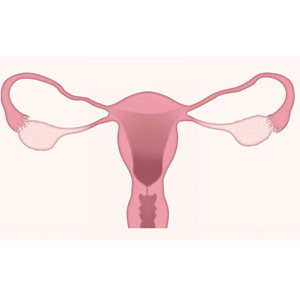 Smart Citations
Smart CitationsSee how this article has been cited at scite.ai
scite shows how a scientific paper has been cited by providing the context of the citation, a classification describing whether it supports, mentions, or contrasts the cited claim, and a label indicating in which section the citation was made.
Comparison of two ovarian stimulation protocols among women with poor response: A randomized clinical trial
This is a randomized controlled trial conducted in a tertiary referral fertility department. Participants were women with previous poor ovarian response undergoing in vitro fertilization. (IVF). One hundred and ninety-two women were randomized to the short GnRH agonist and antagonist regimens. The primary outcome was the number of oocytes retrieved. Secondary outcome measures were the number of embryos transferred, chemical and clinical pregnancy rate and live birth. The number of oocytes retrieved was higher with the gonadotrophin-releasing hormone (GnRH) antagonist regimen compared to the short agonist regimen (3.10 2.70 vs. 2.992.60), but there was no significant difference. The duration of stimulation and total gonadotropin dose were higher with short agonist regimens compared to antagonist regimens, with the latter being statistically significant (p < 0.001). The chemical pregnancy rate was 8.33 percent with the short agonist regimen and 7.29 percent with the antagonist regimen, with no statistically significant difference (p = 0.79). In terms of lower cycles cancelation and higher chemical pregnancy, short GnRH agonist regim is appropriate choice for poor responders.
Downloads
How to Cite
PAGEPress has chosen to apply the Creative Commons Attribution NonCommercial 4.0 International License (CC BY-NC 4.0) to all manuscripts to be published.

 https://doi.org/10.4081/ejtm.2022.10634
https://doi.org/10.4081/ejtm.2022.10634





